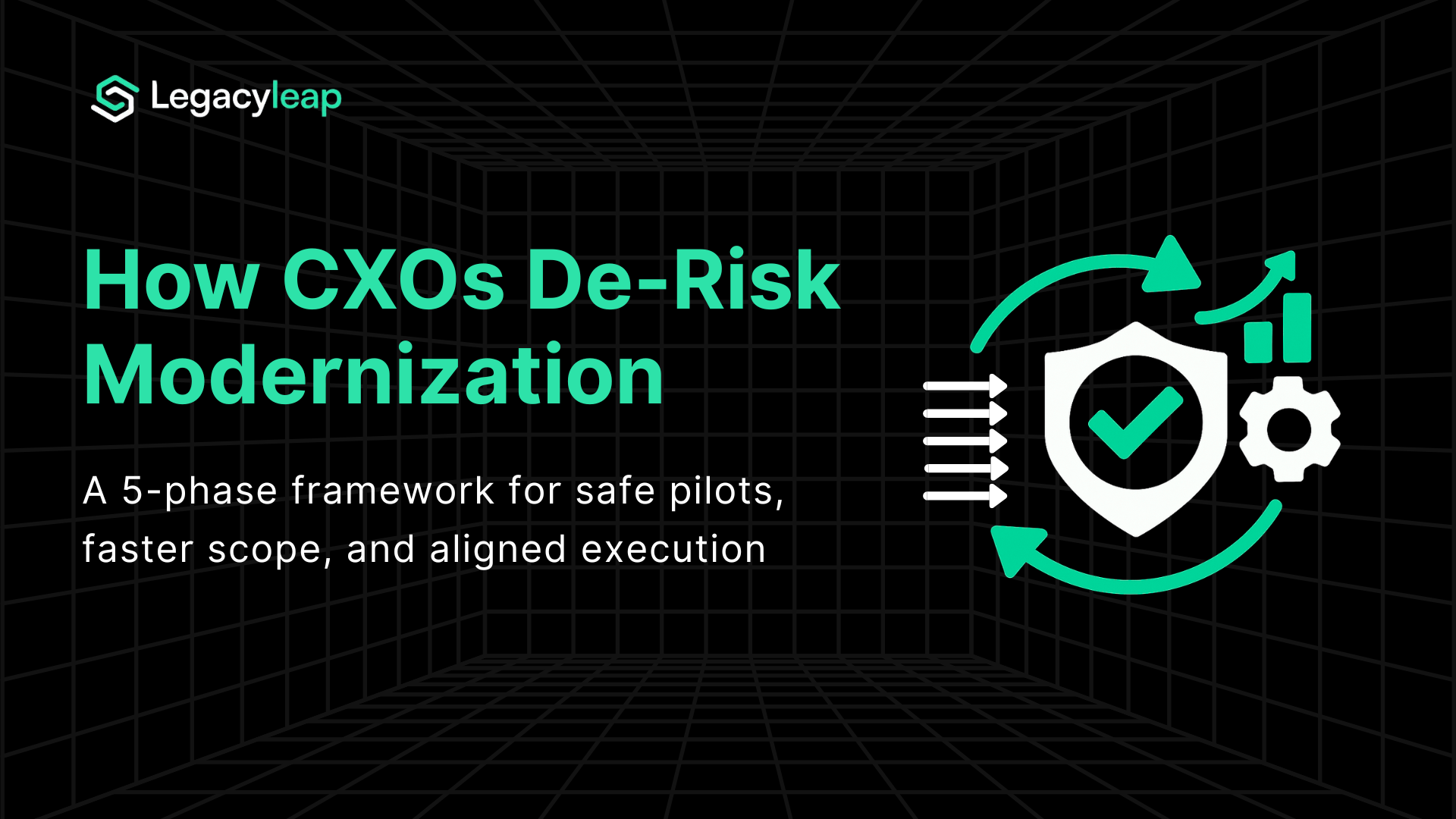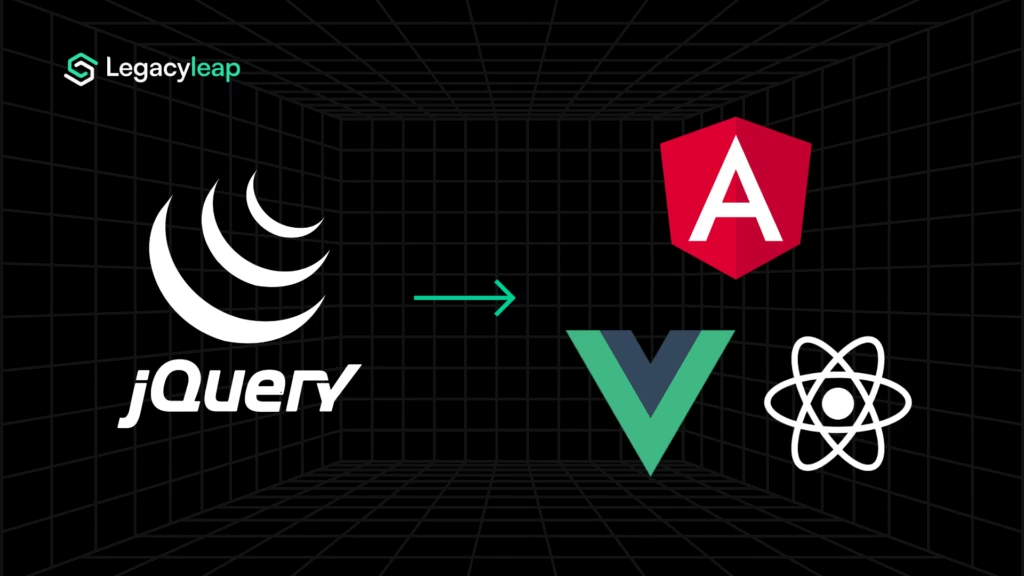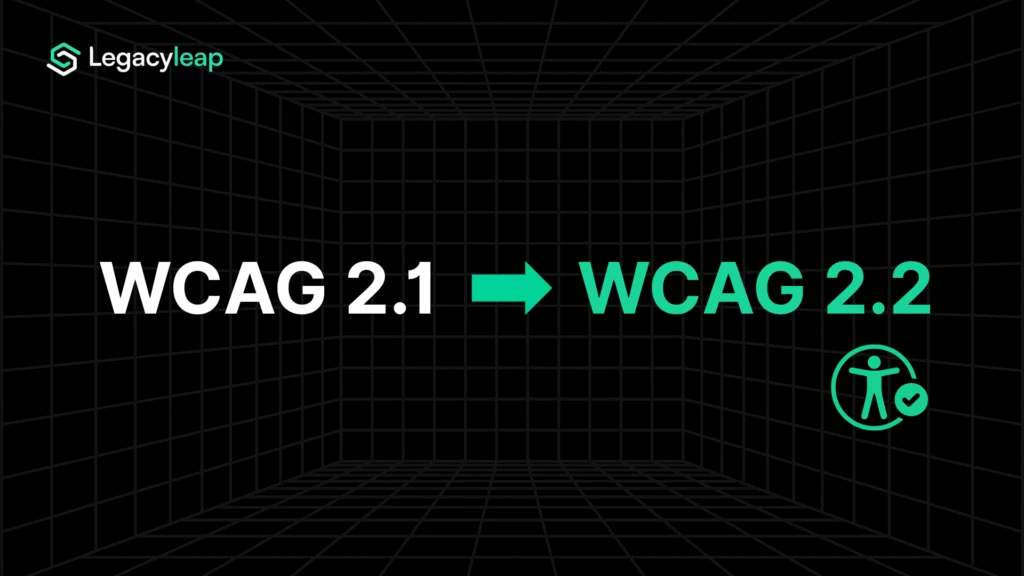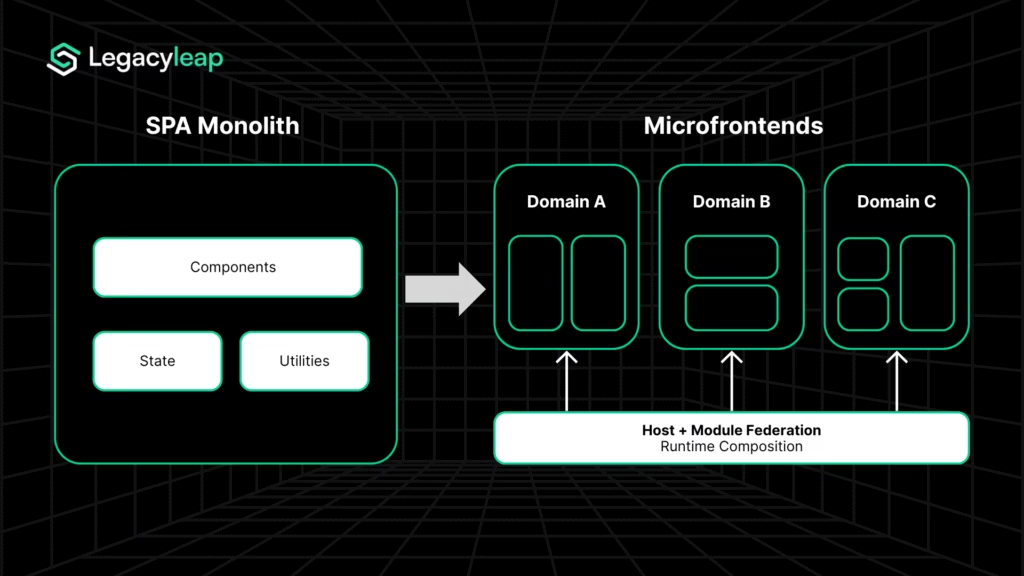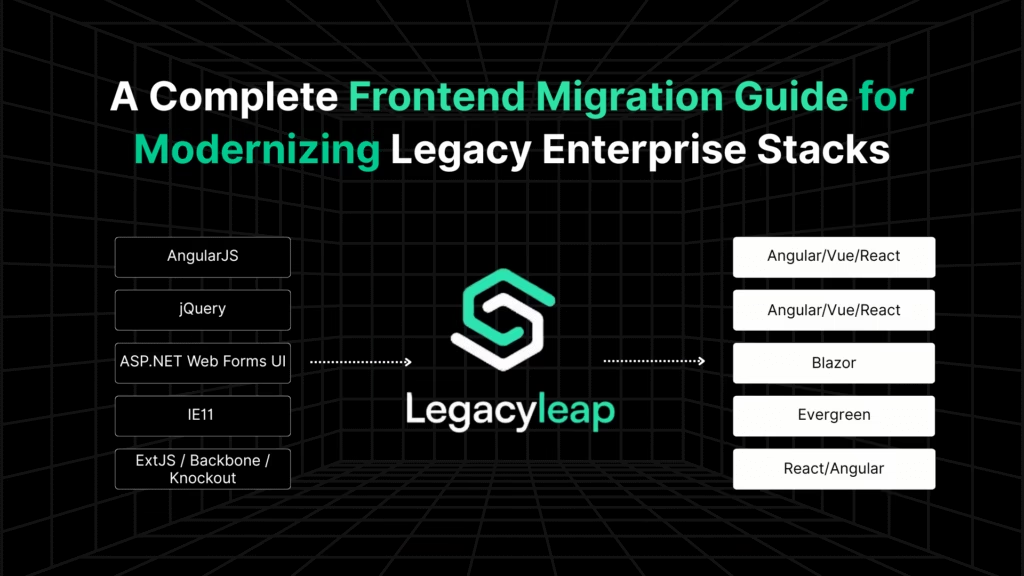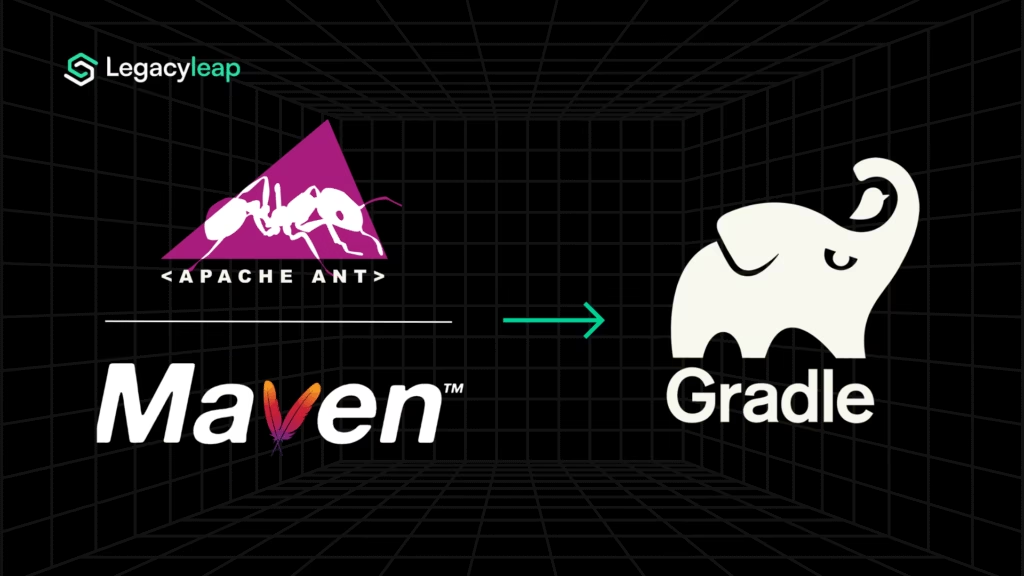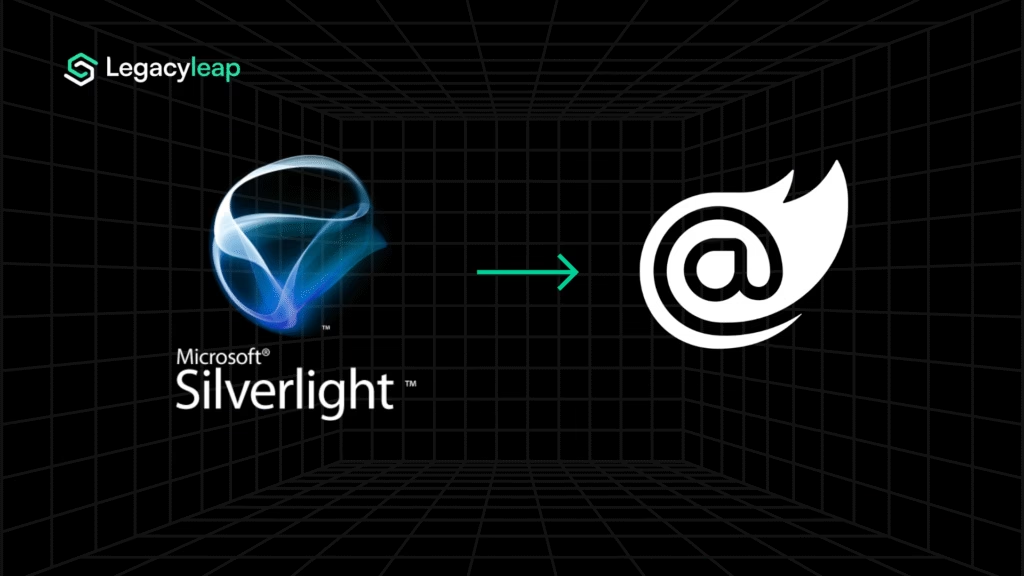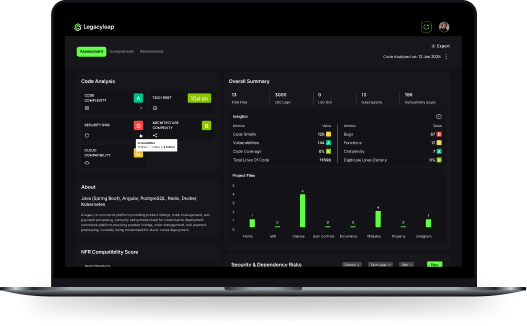Introduction: Modernization Is Misunderstood
Ask any CIO what’s stopping their modernization initiative, and the answer rarely comes down to technology. It’s more often timing. Feasibility. Risk. Or simply not knowing where to begin.
Because enterprise systems aren’t spreadsheets you can migrate overnight. They’re mission-critical, poorly documented, heavily integrated, and full of decisions made over decades. And that’s what makes Gen AI both exciting and dangerous in this space.
Yes, it speeds things up. Yes, it expands what’s possible. But without the right execution model, even the best AI tooling can create more problems than it solves.
At Legacyleap, we’ve seen this play out across industries. That’s why we treat modernization not as a tool deployment, but as a journey. One that’s structured, collaborative, and de-risked by design. Because platform capability only matters when paired with architectural clarity, stakeholder alignment, and a phased path forward.
“The platform is only one part of the modernization puzzle. The people, the frameworks, and the execution discipline are just as critical.”
This blog outlines the framework we use and why it works at enterprise scale.
Educating for Transformation
In legacy modernization, the blocker isn’t usually capability; it’s confidence.
You can’t ask a customer to greenlight a platform they don’t understand, for a system they barely remember, on an architecture they’ve never touched.
That’s why our first goal isn’t conversion. It’s education.
We treat every early engagement as a structured opportunity to build shared understanding of the existing system, the modernization possibilities, and the role Gen AI can safely play.
That education starts with a scoped, hands-on, zero-dollar assessment that analyzes the system directly and generates actual modernization artifacts. But what matters more than the outputs is what it unlocks: clarity, alignment, and momentum.
When that clarity is in place, the shift happens. Modernization moves from a theoretical initiative to an execution-ready strategy grounded in context, co-owned by stakeholders, and supported by proof.
The 5-Phase Framework for Enterprise-Scale Modernization
Modernization succeeds when execution is structured, auditable, and aligned with enterprise risk thresholds. That’s why we don’t sell “transformation.” We work through a phased, verifiable process that takes legacy systems from unreadable to modernized, with clarity at every step.
Here’s the framework we follow:
1. Comprehend
We begin by creating a system-wide understanding of what exists — code, behavior, logic, architecture, dependencies.
The platform ingests the legacy application and generates:
- Control and data flow visualizations
- Drift and anti-pattern detection
- Documentation and comprehension artifacts
- Upstream/downstream dependency maps
- Security exposure indicators
This creates a semantic map of your system.
2. Recommend
Once we’ve mapped the existing state, we model the ideal future.
This includes:
- Suggested architectural shifts
- Target stack alignment
- Microservices candidates
- Redundancy and dead code pruning
- Layer separation for modularization
This phase sets direction: what modernization could look like, and why.
3. Refine
No plan survives first contact with production, which is why we co-refine with client teams before any code is touched.
We align on:
- Pilot scope and business use cases
- Components to defer, refactor, or retire
- Boundary conditions and test case planning
- Stakeholder alignment for rollout
“You don’t need a 12-month project to prove value. You need a 3-week pilot that’s scoped right.”
4. Modernize
With a refined plan, the platform begins automated transformation using multi-layer intermediate representations (IRs).
Key outputs:
- Converted code in the target language or architecture
- Linked documentation and validation artifacts
- Change tracking and before/after comparisons
- HITL (human-in-the-loop) checkpoints for safe iteration
5. Deploy
This phase integrates outputs into your actual environments — CI/CD, staging, governance.
It includes:
- Regression test harness generation
- Deployment readiness reports
- Code-to-production traceability
- Optional rollout support and documentation packaging
Every process within these phases of modernization is designed to ensure that the end result isn’t a black box. Every phase builds trust, unlocks insight, and validates readiness at enterprise scale.
If you’re looking for a more detailed look into this, we have a dedicated read for you: How Can Gen AI Drive Every Step of Your Modernization Journey?
Why This Resonates with CXOs
Most enterprise leaders don’t need another platform pitch. They need a way to move forward that doesn’t break what’s already working.
What makes this framework work isn’t just that it’s Gen AI-powered. It’s that it’s built for how enterprises actually operate:
- Multi-stakeholder alignment
- Incremental value demonstration
- Execution tied to context, not guesswork
And it reshapes the conversation entirely. You’re not asking for a budget spike. You’re not waiting on a rewrite.
You’re taking one system, building clarity around it, and showing what modernization can look like safely and predictably.
“Same budget. Half the time. Twice the scope. That’s what happens when you pair the right platform with the right framework.”
This is what allows CXOs to shift from theoretical conversations to execution-ready decisions. Purely because the path is real.
And if you’re wondering where to start, our $0 modernization assessment gives you the clarity, documentation, and confidence to move forward — or wait — on your terms. Claim yours today!


